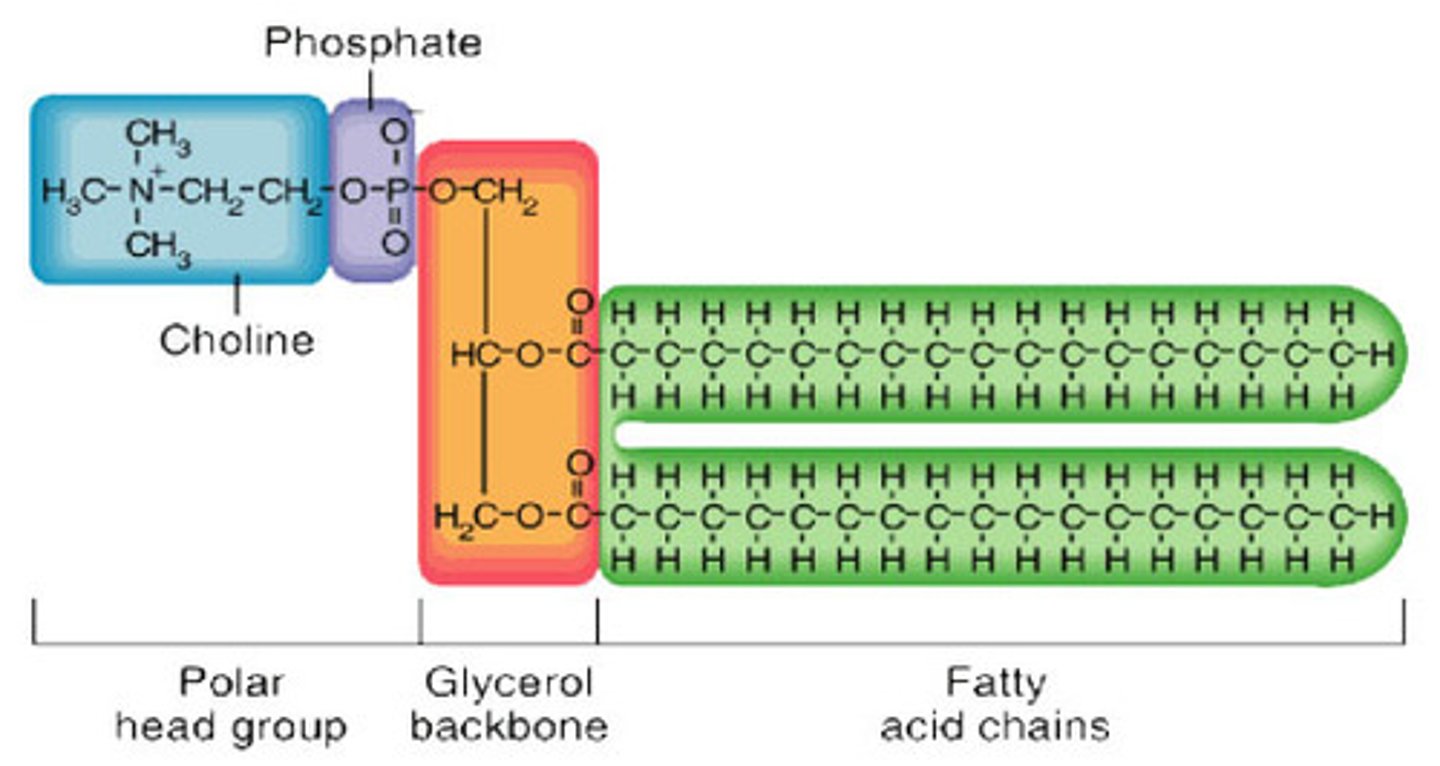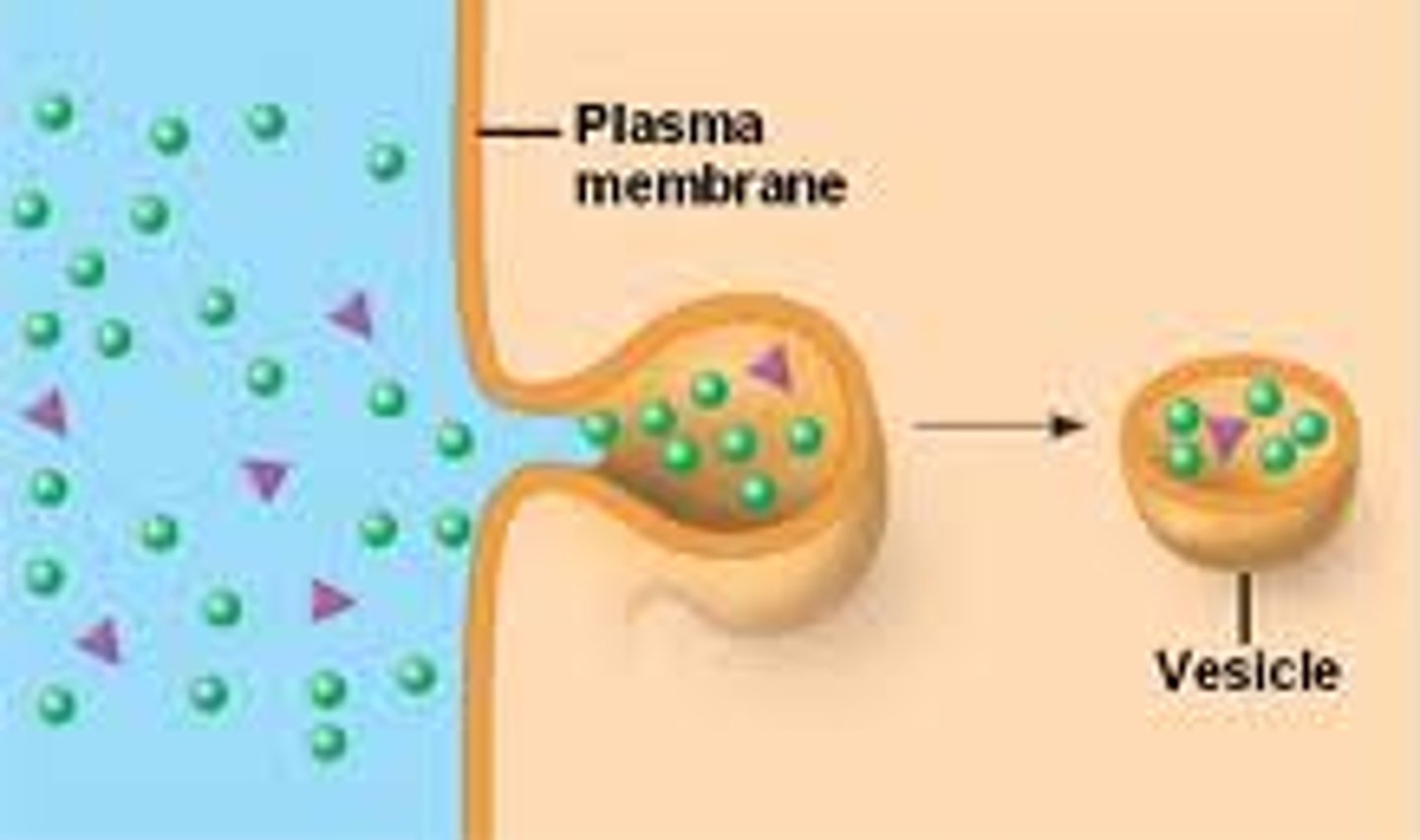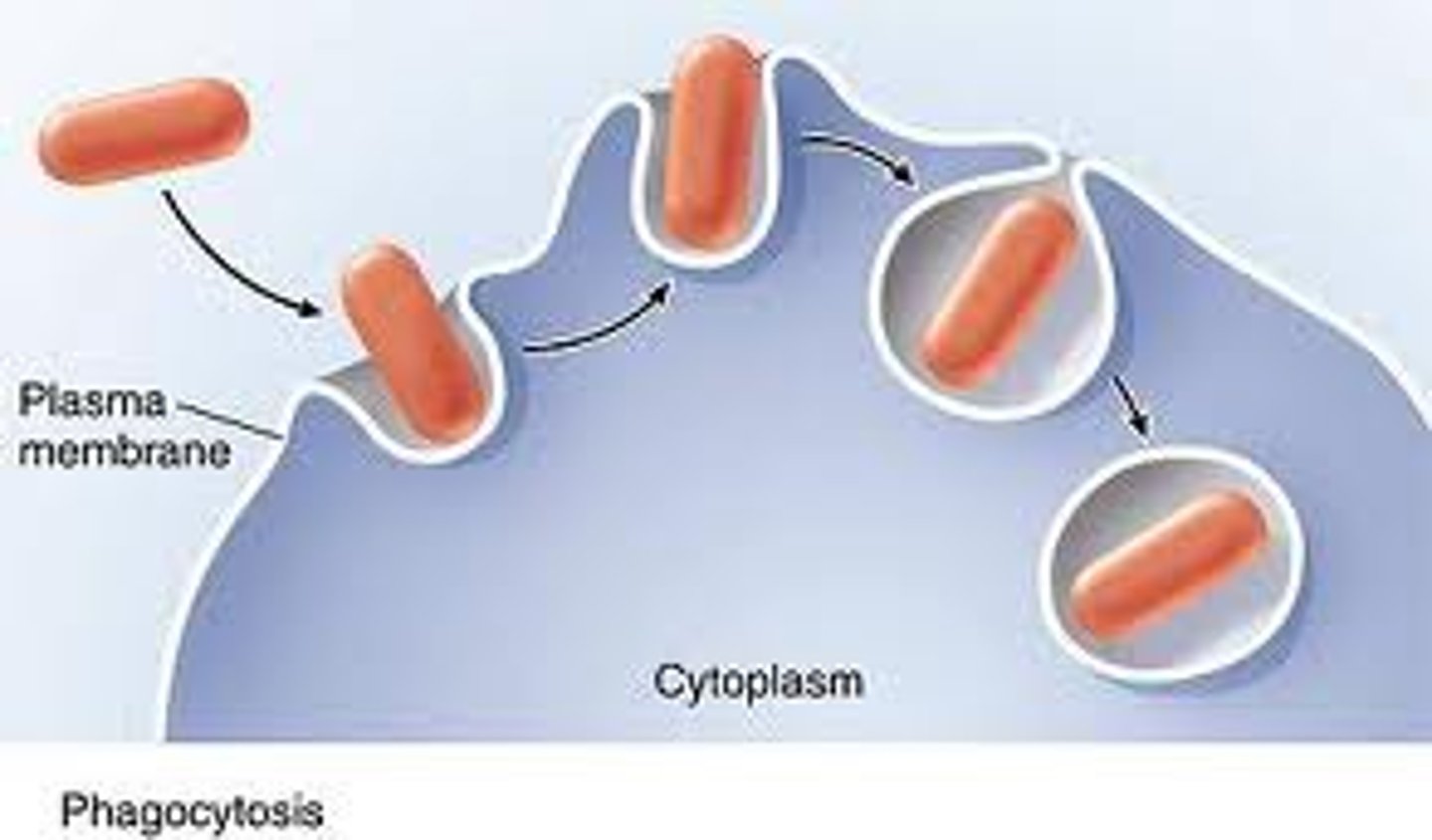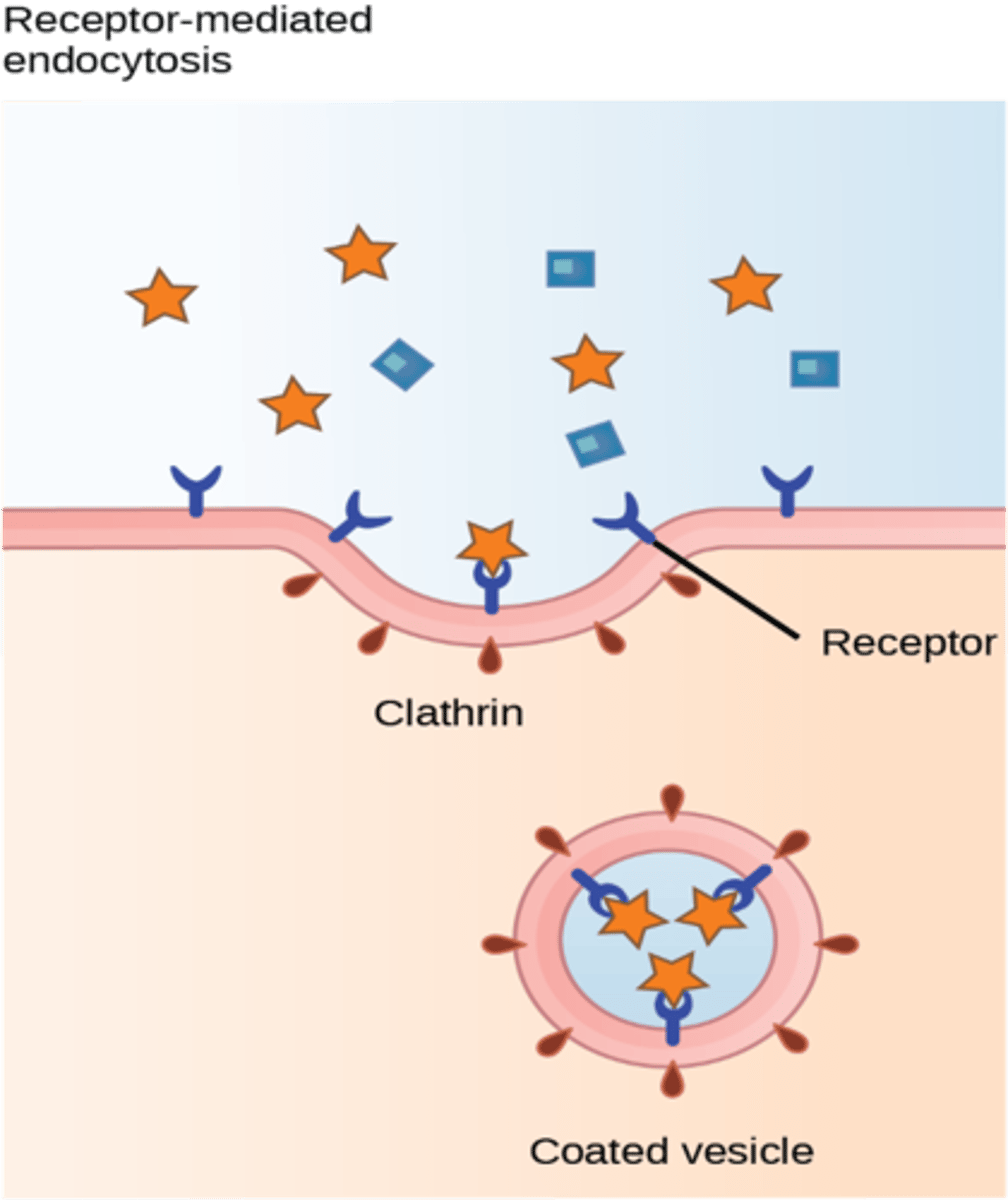Bio Unit 1
1/90
There's no tags or description
Looks like no tags are added yet.
Name | Mastery | Learn | Test | Matching | Spaced |
|---|
No study sessions yet.
91 Terms
Hydrophobic
Non-polar, water fearing, faces away from water
Hydrophilic
polar, water loving, attracted to water so it faces toward water
Carbohydrates
Organic compounds of carbon, hydrogen, and oxygen.
Carbohydrates General Formula
Cx(H2O)y
Monosaccharides
Simple sugars with 3-7 carbon atoms, monomers of carbohydrates
Function of Carbohydrates
- Fast energy source, being hydrophilic and polar the molecules are easy to break apart for quick energy
- Long term energy (can be stored then used later, but lipids are more efficient)
- Structural (Cellulose): inedible, used to build hard and sturdy material to hold the organism ( ex: bark)
Structural materials
Carbohydrates provide support in biological structures.
Recognition molecules
Carbohydrates that trigger biological responses in cells.
Functional group found in monosaccharides.
- Ether group
- Hydroxide group
Properties of Carbohydrates
-polar
-soluble in water
- hydrophilic
Starches
- Polysaccharides for long-term energy storage in plants
- made from alpha 1,4 glycosidic linkages
Glycogen
- Animal polysaccharide for energy storage with branching
- made from alpha 1, 6 glycosidic linkages and alpha 1,4 glycosidic linkages
Cellulose
- Structural polysaccharide
- made of beta- 1, 4 glucose in plants.
Amylose
- small part of starch
Dehydration/Condensation
- the reaction that takes place when linkages are formed (ex: monomer becomes either dimer or polymer)
-Water is a byproduct
Hydrolysis
- The reaction that breaks down linkages (ex: dimer or polymer breaks into monomers)
- Water is a reactant
Name an example of a monosaccharide
- glucose (used by plants and humans for energy)
- fructose (found in fruits)
- galactose ( used by human tissues, muscles)
- sucrose
- maltose
Name an example of a polysaccharide
- cellulose (structural)
- starch (used in plant energy storage)
-glycogen (human energy storage)
What is a triglyceride
- Large monomers
- made of glycerol and fatty acids,
Phospholipid
- modified lipid in which a phosphate group replaces a fatty acid
- amphipathic (phosphate group is polar, the rest of the lipid is not)
- the hydrophobic portion faces away from water, lines up together to create a stable structure
- The hydrophilic portion faces outside, charged and able to interact with water

Function of phospholipids
- used to create cell membranes
- Controls the flow water and molecules in and out of the cell (water and ions can only go through the limited phosphate heads, never through the tails, limiting the amount going in and out)

Structure determines. .
function
Lipids
-large molecules, not a polymer
- made of 3 fatty acids and a glycerol (triglyceride)
- can be wax, oils or fat
Functions of Lipids
- Long term energy storage (double the energy of carbohydrates per gram)
- Waterproofing (wax on feathers and fur)
- Insulation against heat loss
Ester Linkage
Bond between the glycerol and the carboxyl group of a fatty acid in a lipid
What is a fatty acid made of?
carboxyl group and a hydrocarbon chain
Saturated
A lipid with only single bonds
Monounsaturated
A lipid with one non-single bond (cis-double bond usually, creates a kink)
Polyunsaturated
A lipid with more than one non-single bond
Why are some lipids liquid and some solid at room temperature?
- Solid: saturated, single bonds cause it to be linear with no kinks, allowing them to stack closer together, creating stronger LDF bonds (Higher Ea), giving them a higher mp than room temp
- Liquid: unsaturated, in nature has a cis-double bond, creating a kink (bend) in the structure, preventing it from stacking close together and creating weaker LDF bonds (smaller Ea) and therefore lower mp which can be reached at room temp (trans has a less drastic kink, but is only created artificially and is rare due to it being harmful)
How does a phospholipid differ from a triglyceride?
phospholipid has a phosphate group instead of 1 of the fatty acids that triglyceride has
What role do phospholipids play in living systems?
- Forms a bilayer in the cell membrane that allows the cell to be selective about the amount of water and ions entering and exiting the cell
What is the difference between unsaturated triglycerides with a cis and trans double bond?
- Cis double bonds have the hydrogens on both sides on the same direction (both above or below the double bond), and create a bigger kink than trans double bonds, and are naturally found in nature
- Trans double bonds have the hydrogens on either side of the double bond facing opposite directions (one up one down), giving it a more linear structure than cis double bonds with a minimal kink. However they are not found in nature and only created artificially through hydrogenation, meaning the body is not equipped to break them down, leading to a lot of health problems when consumed.
Why are lipids not used as an immediate source of energy?
- Due to their long hydrocarbon chains that hold all the energy being hydrophobic (can't break down with water) and unbranched (no snippets to break off) the energy contained within them is not easily accessible
Is a fatty acid hydrophobic, amphipathic, or hydrophilic?
hydrophobic
What elements compose lipid molecules?
- C, H, O (P if its a phospholipid)
Why are lipids good at storing energy?
Because their hydrocarbon chains can hold a lot of energy in each bond
What kind of linkage(s) does glycogen have?
alpha 1,4 glycosidic linkage and alpha 1,6 glycosidic linkage
What kind of linkage(s) does cellulose have?
beta 1,4 glycosidic linkage
What kind of linkage(s) does starch have?
alpha 1,4 glycosidic linkage
What are the two differences between RNA and DNA?
- The 5 carbon sugar in DNA does not have a hydroxyl group attached while RNA does
- DNA has Thymine while RNA has Uracil
What is hydrogenation?
The process of converting unsaturated fats to saturated fats by adding hydrogen artificially
Function of the Golgi Apparatus
- To store and package vesicles received from the ER, tagging (modifying in a way? but minor change) them (with sugars and phospholipids)
- This ensures they will be transported to the correct spot
What are the different portions of the Golgi Apparatus?
- Cis (closest to the ER, entry here)
- Trans (furthest end, exit here)
What is the endomembrane system?
- A group of membranes and organelles working together to modify, package and transport lipids and proteins
- Only found in eukaryotes
What are the organelles and membranes involved with the endomembrane system?
- Nuclear Envelope
-ER
-Golgi Apparatus
- Lysosomes
- Vesicles
- Cell Membrane
Function of Endoplasmic Recticulum (ER)
- Modifies proteins
- Synthesizes Lipids (makes phospholipids for other cellular membranes)
What are the different parts of the ER, and what are they made of?
- Rough (close nucleus)
- Smooth (other side)
- Made of a network of membranous tubules and sacs
What is the hollow portion in the ER's tubules & discs called?
Lumen
What does the rough ER do?
- The ribosomes on its surface (gives its name) makes proteins
- These proteins are fed to the lumen (some transfer in fully, some are stuck in the membrane)
What happens to the proteins in the lumen?
- They are first modified
- Then either will be incorporated into a cell membrane (Can be ER or other organelles) or be secreted from the cell
What happens to proteins in the rough ER that are not needed in the cell?
They are packaged into vesicles and transported to the golgi apparatus ( phospholipids for other cells are also transported when this vesicle forms)
What cells are ER's more prominent in?
- Cells that need to secrete a lot of enzymes or other proteins
- Ex: Liver cells
What is the function of the smooth ER?
- Synthesizes of carbohydrates, lipids, and steroid hormones
- Detoxifies medicine & poisons
- Stores Calcium ions
sacroplasmic reticulum
- Special type of smooth ER found in muscle cells
- Responsible for storing Ca which allows muscle contraction
Transitional ER
- Tiny smooth patches on the smooth ER
- Where the vesicles from the rough ER exit from
What happens on the cis face of the golgi?
- vesicles from the smooth ER fuse into the cis face and let out their contents
- the contents enter the lumen of the golgi
What happens at the trans face of the golgi?
- the modified (tagged) proteins are packaged in the lumen into vesicles and sent out through the trans face
What are the two things that can happen to a vesicle leaving the golgi apparatus?
1) the vesicles deliver their package to another organelle for use
2) the vesicles fuse with the plasma (cell) membrane, secreting the contents outside
What kind of cells have a lot of golgi apparatuses?
- Cells that secrete digestive enzymes (salivary gland)
- Immune system cells that secrete antibodies
Lysosome
- specialized structure in the cell
- has enzymes inside to digest macromolecules for reuse (acidic)
-
What happens to the broken down bits of the macromolecules in a lysosome?
- They are secreted through the lysosome membrane and into the cytoplasm directly
How do lysosomes function?
By fusing with other membrane bound compartments storing food or other contents (ex: vesicles), then secreting enzymes inside that break the contents down.
What happens in the lumen of the golgi?
- the contents are modified (tagged) with sugars and phospholipids so that they can be delivered where they need to go
Passive Transport
No ATP required
Active Transport
uses ATP
Simple Diffusion
- Normal diffusion of particles following the [] gradient from high to low
- passive transport
- non-polar molecules and dissolved gases can go through this way
Facilitated Diffusion
- diffusion but either a carrier or channel protein is used to help the particles go through
Carrier Protein
- Bonds to the particle and changes shape to let the molecule out on the other side, returns to original shape when the molecule is removed
- Door, but only for one specific molecule (different depending)
Channel Protein
- protein with a "hall" or hollow tube in it that allows ions and charged molecules (including polar) to just past through
Osmosis
- Simple diffusion but water is special (polar but its small enough to get through)
- water following [] gradient through a semi-permeable membrane
- passive transport
Hypertonic
- more solute in the ENVIORNMENT than in the cell
- more water in the cell than in the environment
Hypotonic
- less solute in the ENVIORNMENT than in the cell
- more water in the environment than inside the cell
Isotonic
- Equal amounts of water and solute in the cell and in the environment
Lysis
- Occurs under a HYPOTONIC environment in an ANIMAL CELL
- the water enters the cell as there is less water and more solute inside the cell
- cell bursts from the high amount of water, spilling out contents
Crenation
- Occurs under a HYPERTONIC environment in an ANIMAL CELL
- There is more water and less solute inside the cell and less water and more solute in the environment so the water leaves the cell in large amounts
- The cell shrivels and eventually dies
Turgor Pressure
- Occurs in a HYPOTONIC environment in a PLANT CELL
- The cell fills with water and expands, pushing on the cell wall
- Cell wall does not budge, but the water creates pressure
- Plant is rigid
Plasmolysis
- Occurs in a HYPERTONIC environment in a PLANT CELL
- The water leaves the cell, causing the cell to shrivel and become smaller than the cell wall
- Plant is floppy
Molecular Active Transport
- the transport of solute against its concentration gradient
- transports one molecule
- needs ATP
What are the two types of Molecular Active Transport?
- Primary
- Secondary
Primary Active Transport
- Molecular
- Direct use of ATP
- Molecule moves against [] gradient
- Uses carrier protein as an ION PUMP
- Creates a new concentration []
How does an ion pump created by Primary Active Transport function?
- ATP alters attaches and alters shape to face other side and release one molecule, a different molecule attaches to the carrier, ATP is removed and the carrier shape faces original side, releases the new molecule on that side
Secondary Active Transport
- Indirect use of ATP, uses the energy stored in the charge of electrochemical gradient created by the ion pump (ions pile in one spot, creating charge)
Bulk Active Transport
- moves a bunch of molecules in and out of the cell using vesicles
What are the different kinds of Bulk Active Transport called?
- endocytosis
- exocytosis
Endocytosis
- Bulk Active Transport
- Moves a large amount of molecules into the cell using a vesicle
Exocytosis
- Bulk Active Transport
- Moves a large amount of molecules out of the cell using a vesicle
What are the three types of endocytosis?
- Pinocytosis
- Phagocytosis
- Receptor-mediated cytosis
Pinocytosis
- Type of endocytosis
- engulfs a liquid and the small particles dissolved or suspended in it into a vesicle to be moved in the cell

Phagocytosis
- Type of endocytosis
- engulfs a large molecule along with some of the liquid around it into a vesicle to be moved in the cell

Receptor-mediated cytosis
- Type of endocytosis
- Receptor proteins in the cell membrane bind to specific molecules and engulf them into a vesicle coated with the protein
